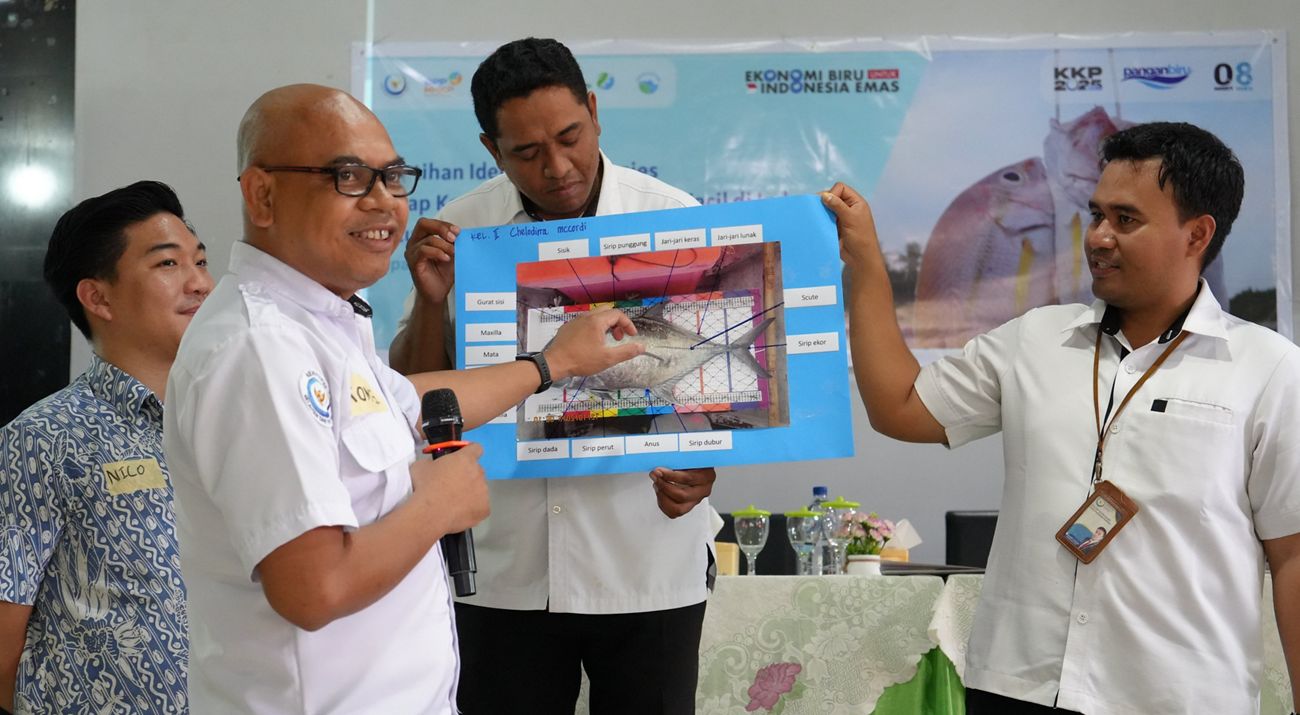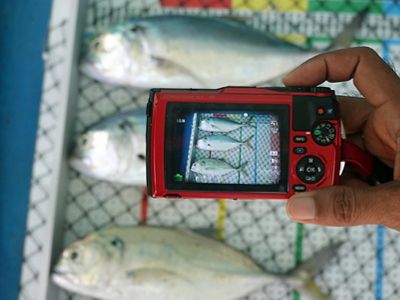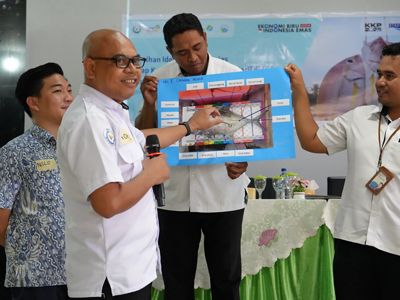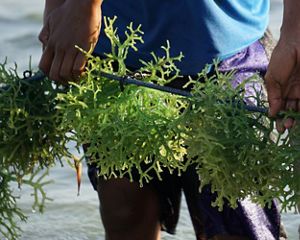
As a maritime nation, fish is one of Indonesia's key natural resources. According to data from the Central Statistics Agency in 2023, the fisheries sector contributed approximately 2.66% to our Gross Domestic Product.
Read: Monitoring Biodiversity in Production Forest Areas
Tuna, snapper, and grouper are vital fishery commodities. Therefore, recording, documenting, and calculating catch yields are crucial to ensure the sustainability of these fishery products in the future.

In May 2025, YKAN collaborated with the Marine and Fisheries Quality Control and Supervision Agency of the Ministry of Marine Affairs and Fisheries, as well as the Marine and Fisheries Office of East Nusa Tenggara Province (NTT), to organize a training program focused on identifying snapper and grouper species. This initiative aims to support data accuracy and sustainable fisheries management in Kupang.
The training participants came from Fish Processing Units and representatives from the Kupang National Marine Conservation Area Center. The training focused on identifying 134 fish species, comprising 100 species of snapper, grouper, and emperor fish, as well as 34 species of tuna and small pelagic fish. The training materials included the use of species identification books, pocket guides, visual presentations, and hands-on practice with local specimens.
Sulastri H.I. Rasyid, the Head of the Marine and Fisheries Office of NTT Province, supported this training activity. Rasyid emphasized that NTT is home to a rich variety of fish species, including snapper and grouper. However, the varying local names often pose challenges in the supply chain and marketing. This training helps participants correctly identify species, ensuring accurate fish naming from fishermen to the market.

YKAN has dedicated the past decade to supporting fishery data collection. This data enables stakeholders to gain a comprehensive understanding of the fisheries situation both locally and nationally. The collected data is provided to the government for use in developing fishery management plans and harvest strategies. This fishery data also contributes valuable information on the diversity of fish species caught in Indonesia.




